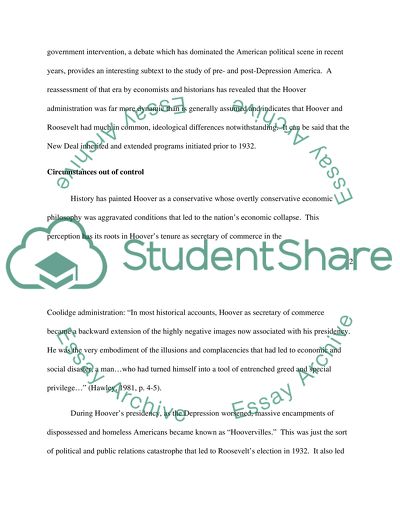Cite this document
(“Misperception is Reality: Understanding the Hoover/Roosevelt Policy Coursework”, n.d.)
Retrieved from https://studentshare.org/finance-accounting/1405413-misperception-is-reality-understanding-the-hooverroosevelt-policy-continuum
Retrieved from https://studentshare.org/finance-accounting/1405413-misperception-is-reality-understanding-the-hooverroosevelt-policy-continuum
(Misperception Is Reality: Understanding the Hoover/Roosevelt Policy Coursework)
https://studentshare.org/finance-accounting/1405413-misperception-is-reality-understanding-the-hooverroosevelt-policy-continuum.
https://studentshare.org/finance-accounting/1405413-misperception-is-reality-understanding-the-hooverroosevelt-policy-continuum.
“Misperception Is Reality: Understanding the Hoover/Roosevelt Policy Coursework”, n.d. https://studentshare.org/finance-accounting/1405413-misperception-is-reality-understanding-the-hooverroosevelt-policy-continuum.


